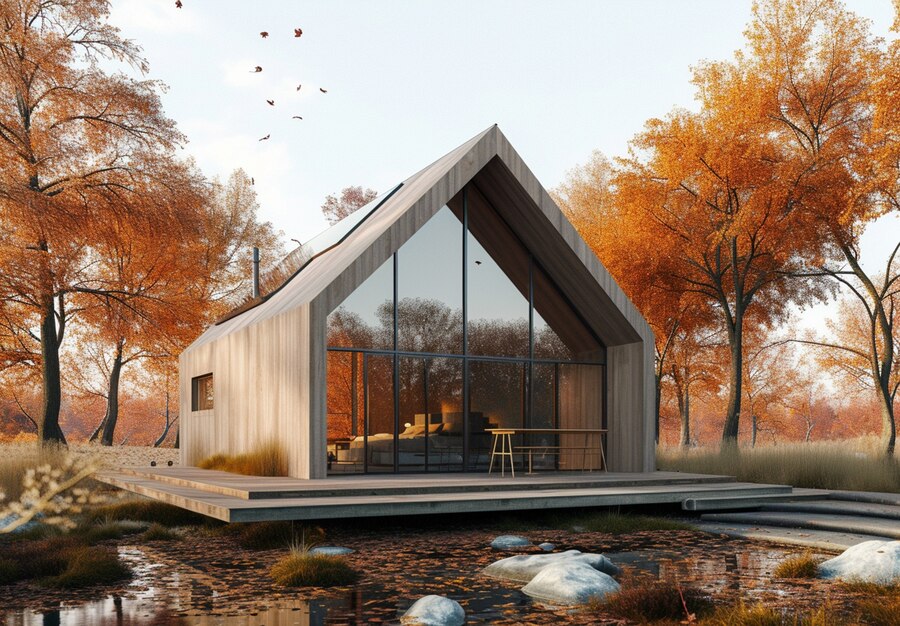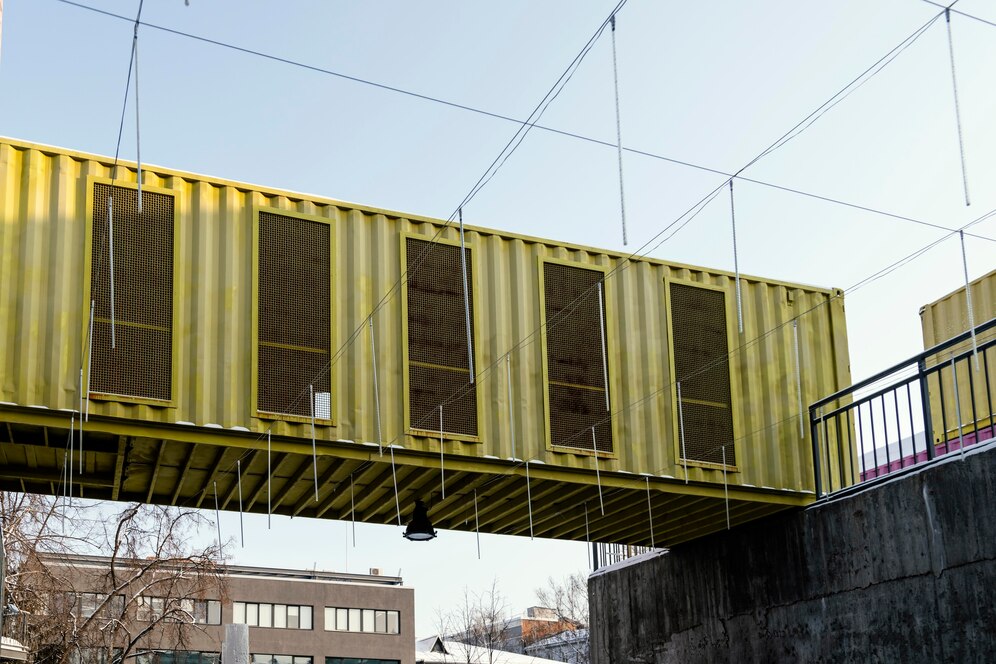How to use a prefabricated house
Prefabricated homes are kind of buildings that are built in a factory and off-site. This allows for faster construction, lower costs (in some cases), and greater quality control. However, it is important to note that not all types of prefab homes are created equal, and their advantages and disadvantages can vary. Below, we will review the different types of prefab homes.
Panel-Built buildings
Structure: These types of buildings are made of prefabricated panels that are manufactured in a factory and installed on site. These panels can include walls, roofs, and floors.
Advantages: High construction speed, relatively lower cost (compared to traditional methods), possibility of mass production.
Disadvantages: Limitations in design and customization, possibility of damage to panels during transportation, need for a proper base and foundation


Modular Homes
Structure: In this type, entire sections of the house (rooms, bathrooms, kitchen, etc.) are built separately in the factory and then connected together at the main site. Modules are more complete and larger than panels.
Advantages: High construction speed, more affordable cost (compared to traditional methods), possibility of mass production, better quality control. Possibility of greater customization and more diverse design. Very high durability, earthquake resistance
Disadvantages: Need for a proper and stronger foundation than panel houses.
Shipping Container Homes
Structure: These homes use shipping containers similar to shipping containers that are fully or partially modified and connected together.
Advantages: Lower cost (compared to traditional methods), earthquake resistance
Disadvantages: Shipping costs can be higher.
White Dome Prefabricated Homes fall into the category of modular homes. Our prefabricated homes are built by placing a certain number of modules that are a sector of a circle or a sector of a cylinder or etc

How to Use a Prefabricated House
Using prefabricated houses is a process that involves several steps and can vary slightly depending on the type of prefabricated house (panel, modular, container, etc.). Here is an overview of the steps involved in using a prefabricated house.
Choosing a Home Type: First, you need to choose the type of prefabricated home that best suits your needs, budget, and land conditions. Each type has its own advantages and disadvantages that you should consider.
Choosing a Construction Company: It is very important to research reputable and experienced construction companies. Pay attention to their history, quality of work, and customer reviews.
Design and Customization: Talk to the construction company about the design, dimensions, materials used, amenities, and features of your home. If possible, provide your own designs or consult with the company’s designers.
Required Permits: It is essential to obtain construction permits from the municipality or local authorities before starting work
Site Preparation: Preparing the land for the installation of a prefabricated house includes excavation, leveling the land, and building a foundation (the type of foundation depends on the type of prefabricated house). This step depends heavily on the type of house and your land. Consult with an engineer or relevant specialist about your land.
Home Construction and Delivery: The construction company builds your house in the factory and then transports it to your desired location.
Installation and Commissioning: The construction company’s employees assemble the house on site and connect the various components together. This includes installing electrical, plumbing, air conditioning systems and etc.
Final Connections: Final connections, such as installing doors, windows, valves and etc., are carried out by the construction company or local contractors
Equipment and Layout: After installation and completion of the construction process, you can equip and layout your home.
Maintenance and Repairs: Like any other home, a prefabricated home also requires periodic maintenance and repairs. Note that maintenance and repairs may be slightly different from traditional homes. Always follow the manufacturer’s instructions
Written contract: Be sure to enter into a written contract with the construction company before starting work, which includes all the details related to the design, cost, delivery time, warranties, etc.
Periodic visits: During the construction and installation stages, visit the site regularly to ensure the progress and quality of the work.
Consult with experts: If necessary, use engineers, architects or building specialists for advice and guidance
